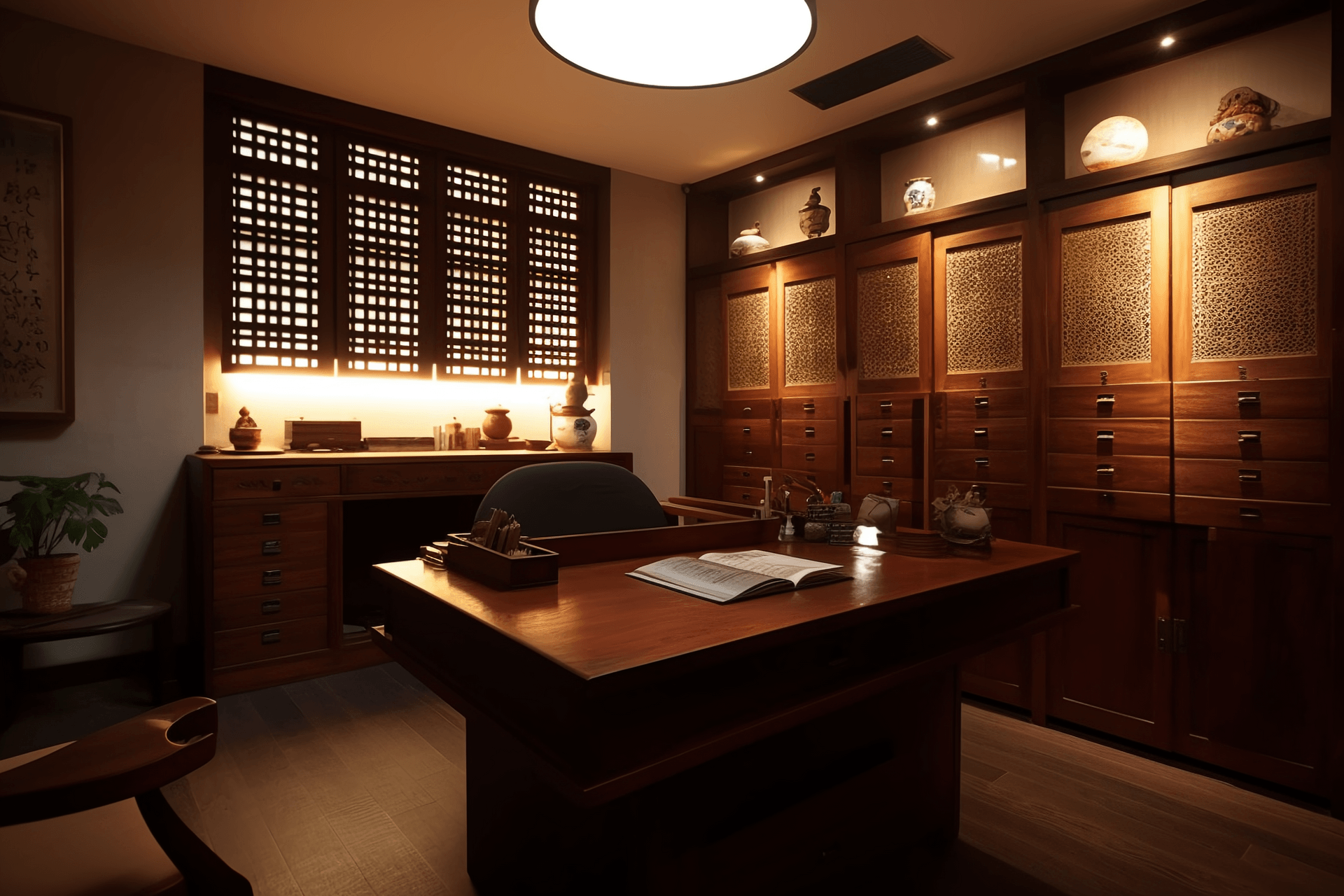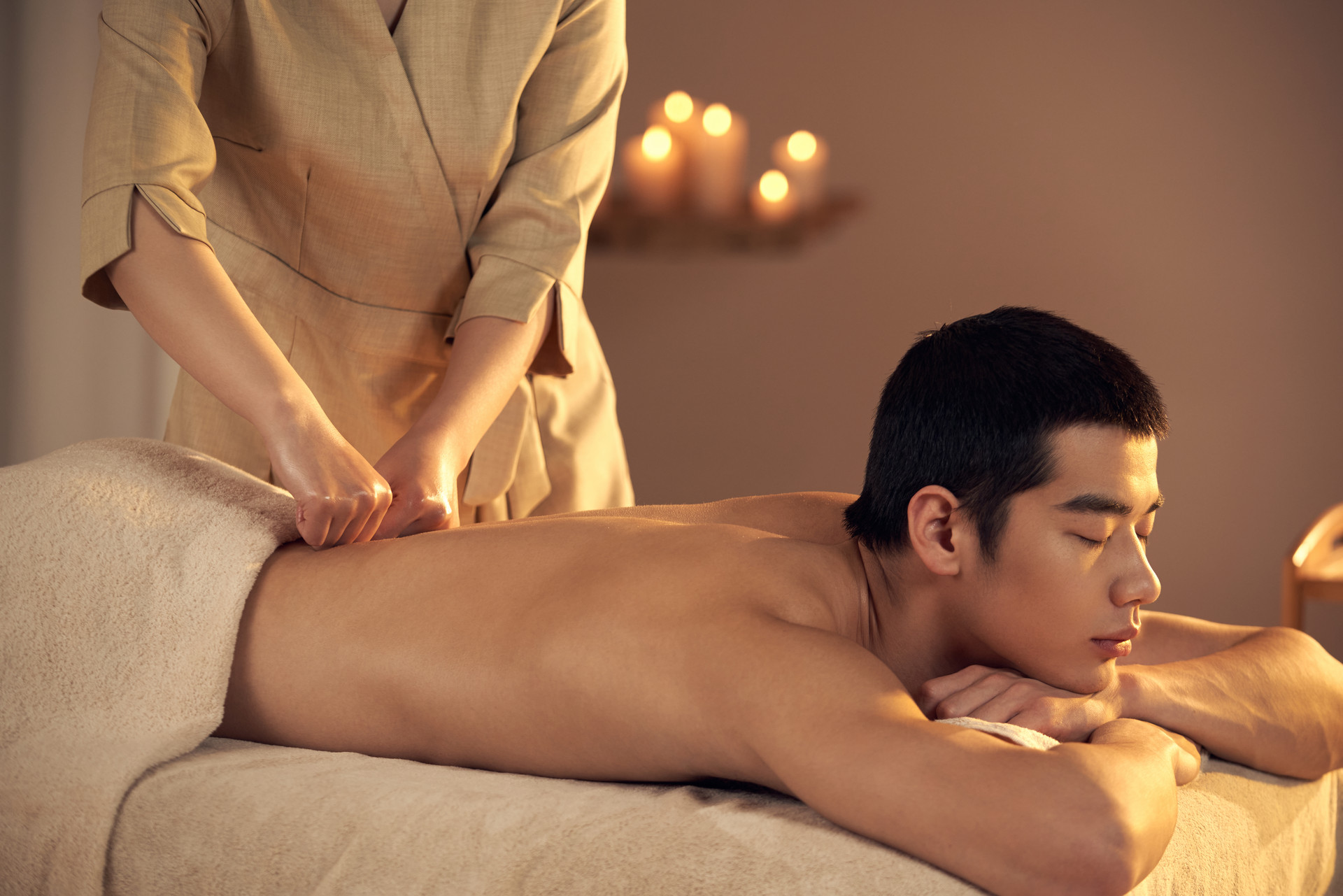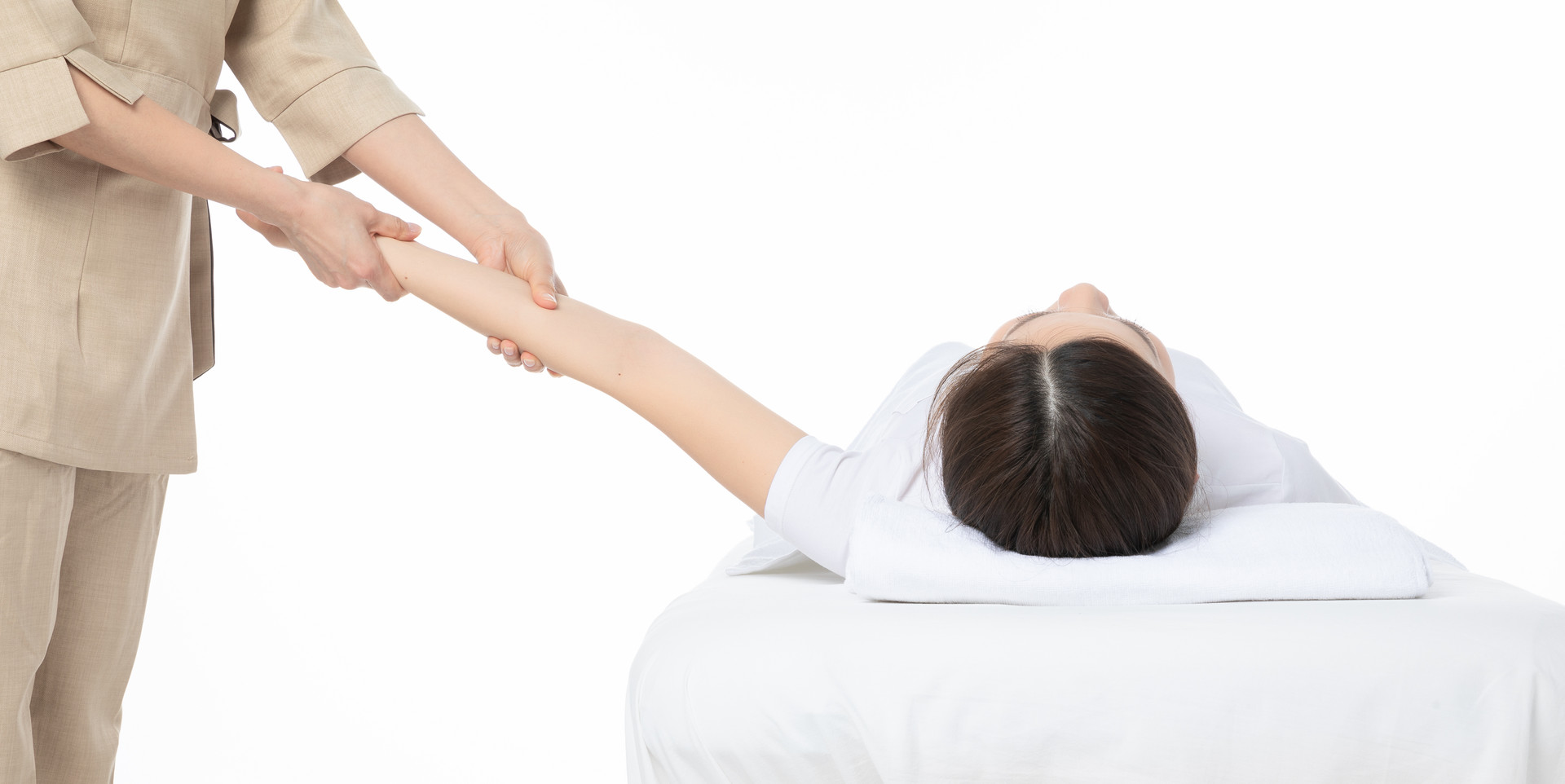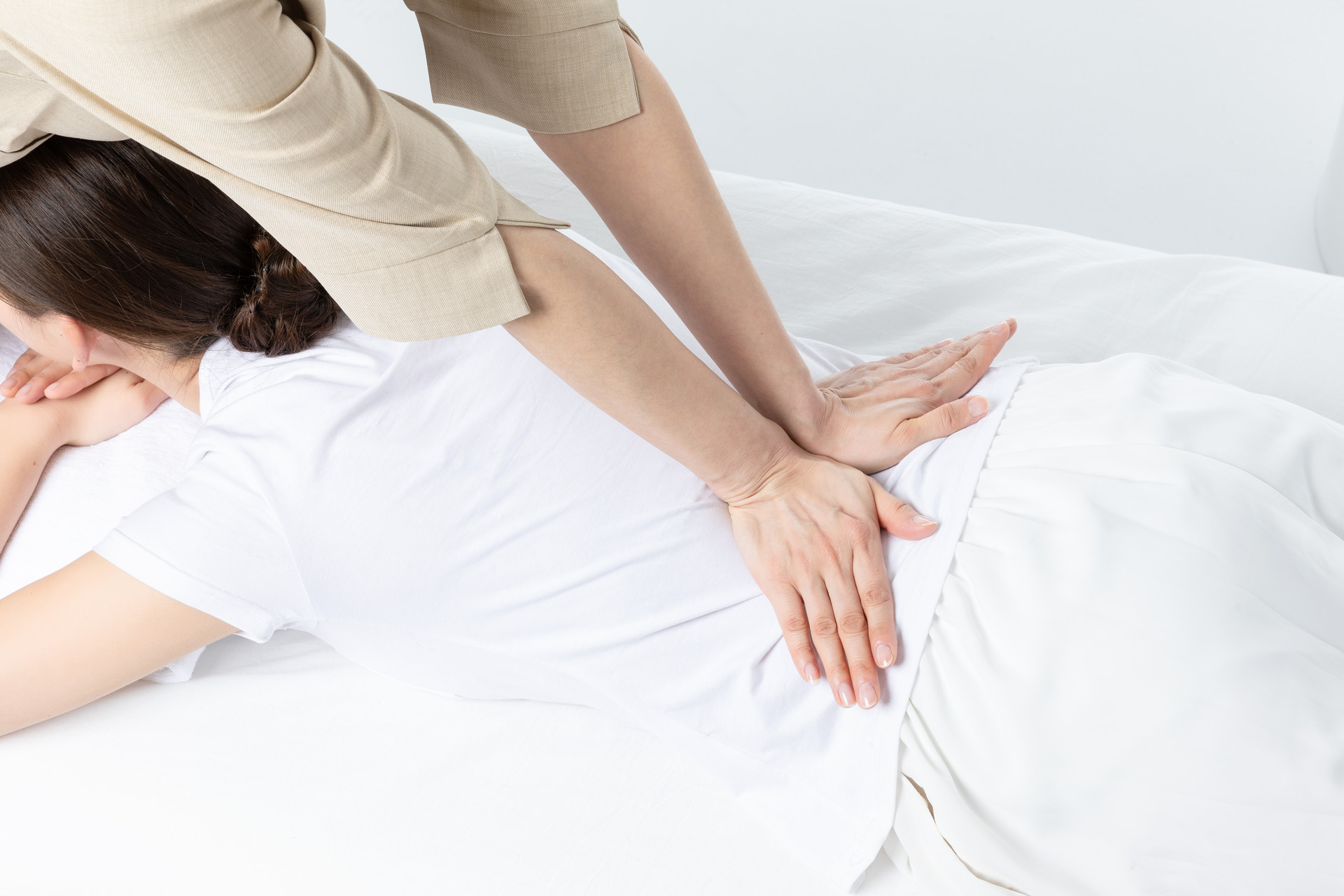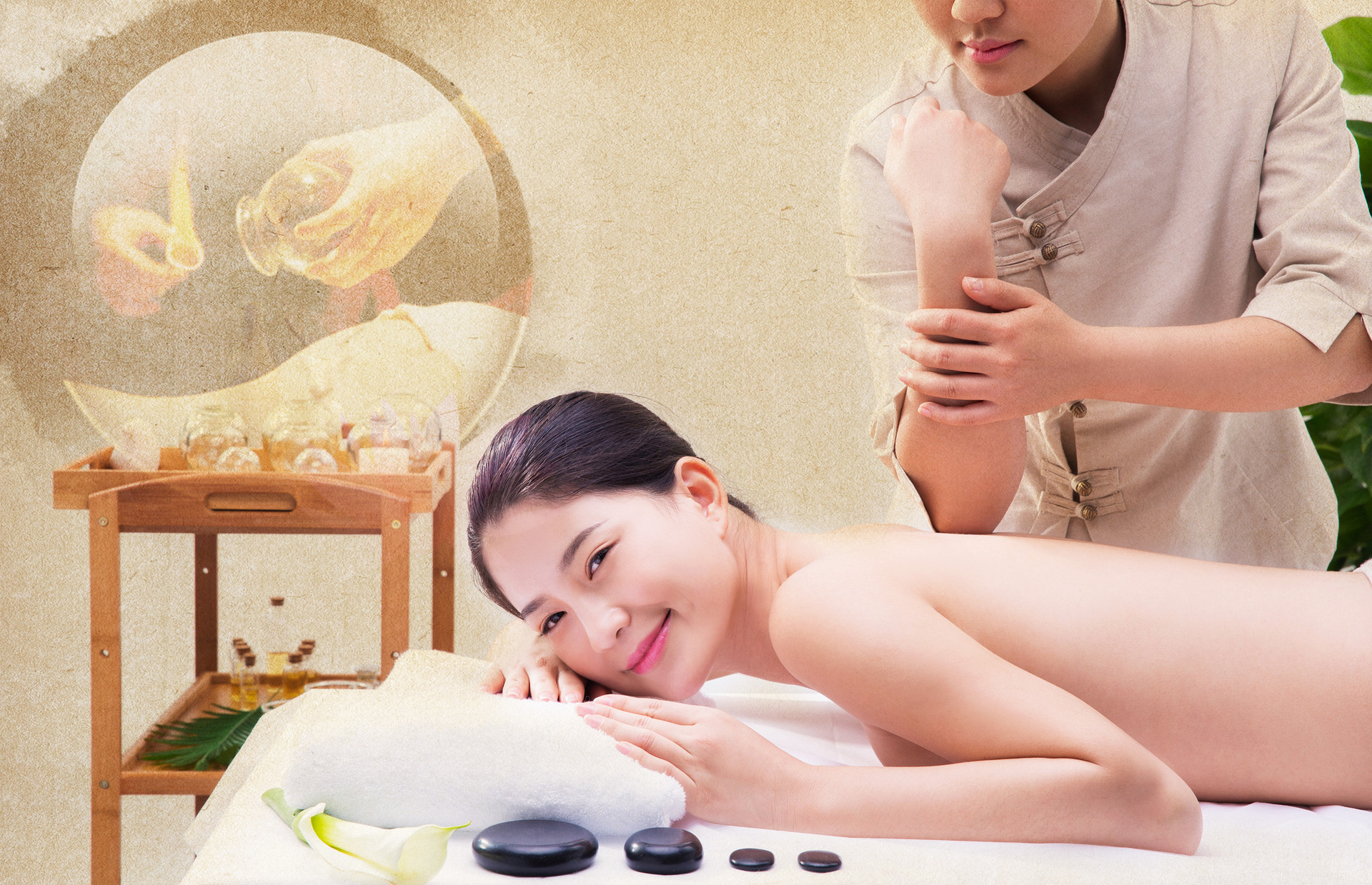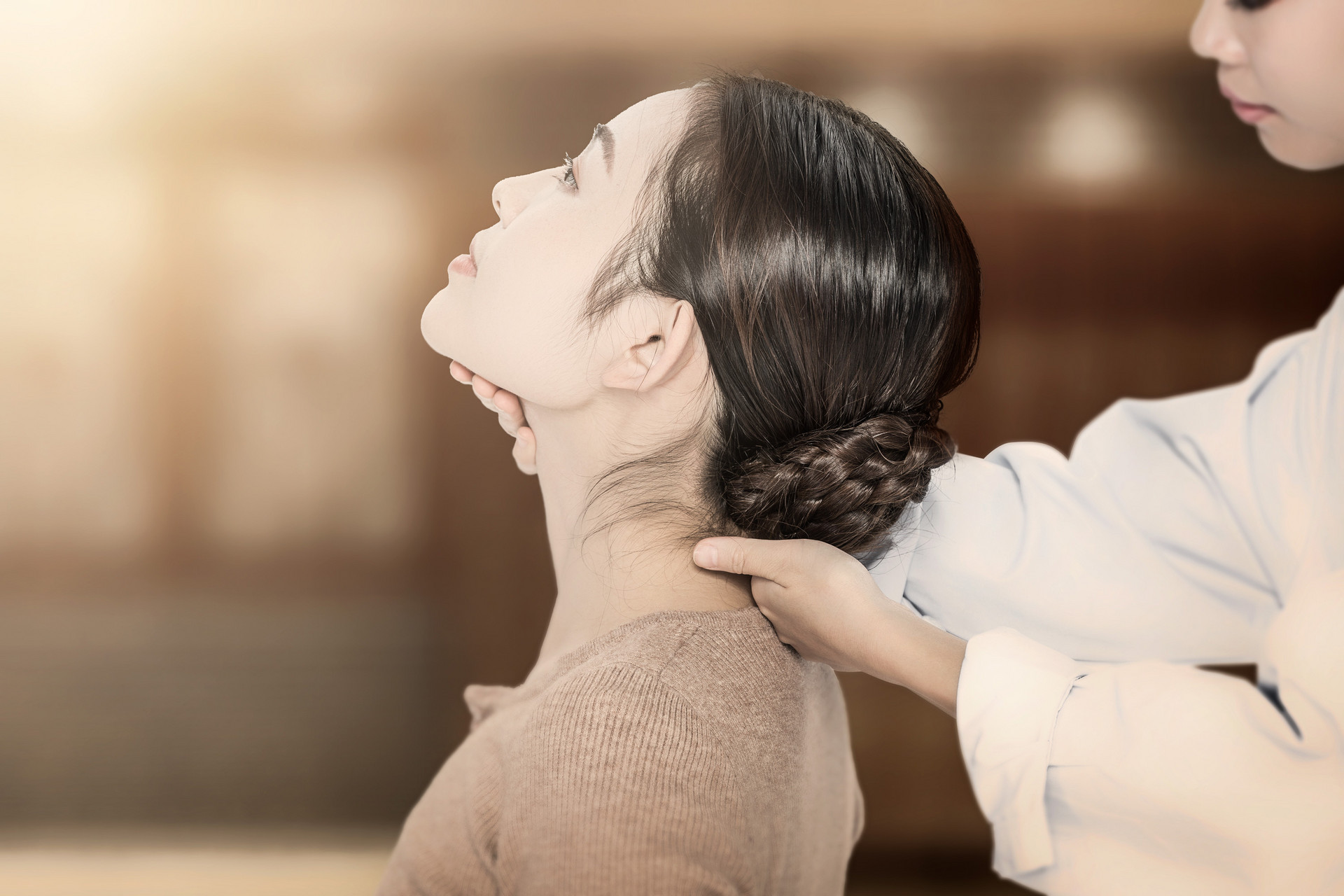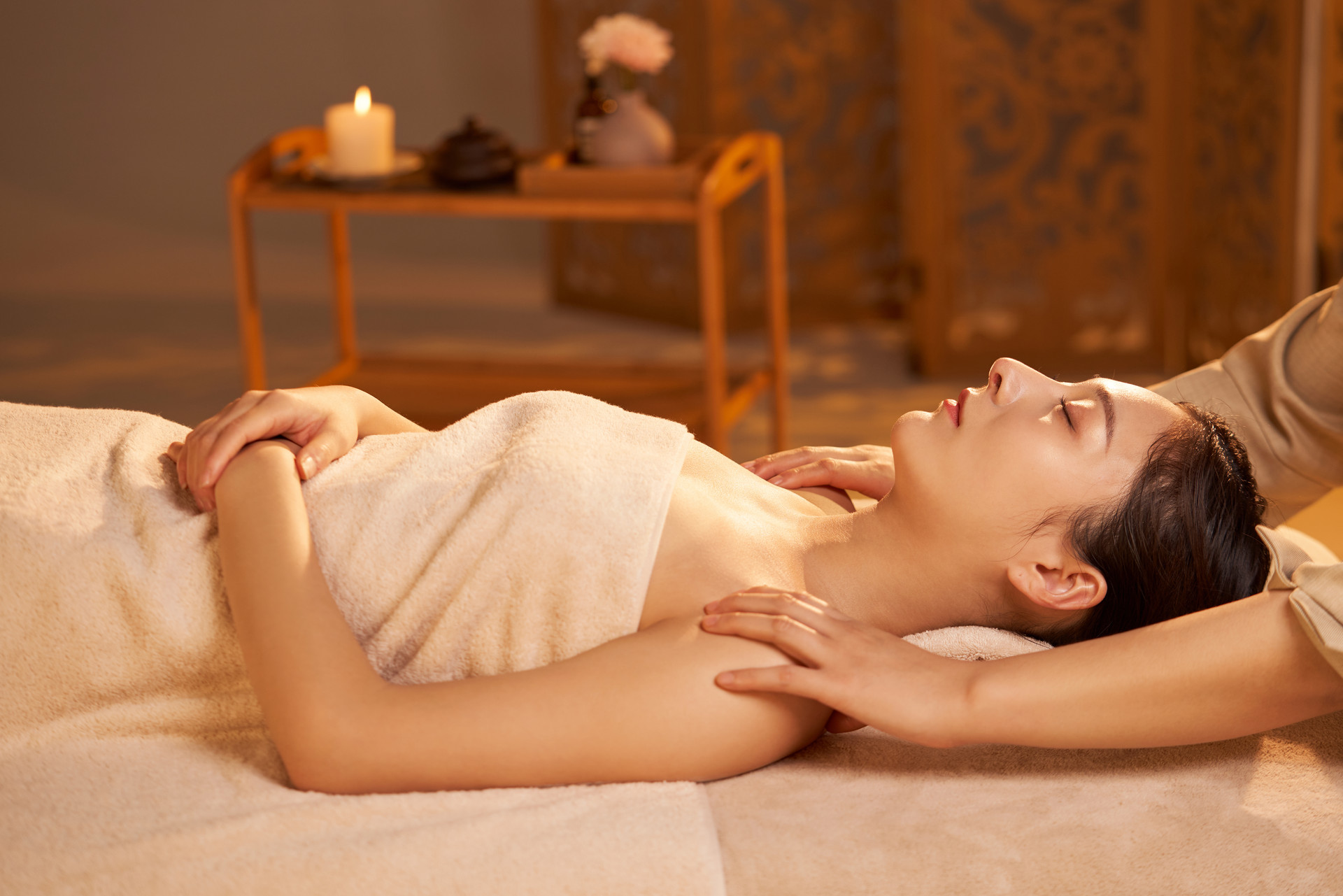Every family has different happiness, but every family with children has the same worry, that is, the child does not like to eat. When the child does not like to eat, some parents blindly use forced feeding, which is not advisable. Traditional Chinese medicine teaches you a massage technique to solve the problem of children not liking to eat. How to find the position of the Rangu acupoint?
[Reasons for children not liking to eat]
Common reasons for children not liking to eat are as follows:
1. Continuous snacking, constant movement of the mouth, and disruption of gastric motility and secretion.
2. Irregular eating habits, no fixed meal times, prolonged or shortened eating times, disrupting the normal digestive rhythm of the gastrointestinal tract, and the child will not eat obediently.
3. One-sided pursuit of high nutrition, unrestricted consumption of meat, eggs, and milk for children, causing damage to the gastrointestinal tract and causing indigestion.
4. Poor eating environment, eating while playing, or parents teasing or reprimanding during meals, making it unable to eat quietly.
5. When a child is sick, it can also cause a decrease in appetite and refusal to eat. Taking too many medicines or abusing health supplements increases the burden of digestion and absorption in the gastrointestinal tract, causing the child to not like to eat.
6. Zinc deficiency causes changes in taste. Parents can observe whether their child is zinc deficient by examining the tongue coating. The small bumps on the tongue surface of zinc-deficient children are flatter or atrophied compared to normal children's tongues.
[Massage technique for the Rangu acupoint]
Traditional Chinese medicine has a set of theories for pressing techniques: strong and quick stimulation is purging, gentle and slow stimulation is tonifying. When pressing an acupoint, the effect will be completely different, even opposite, depending on whether a tonifying or purging technique is used.
If you want to press the Rangu acupoint to treat anorexia, you should use the purging technique. To achieve significant therapeutic effects, you must do this technique correctly. Otherwise, if you just press and rub randomly, you may have some effect, but it will not be as obvious as when you use the correct technique.
After correctly pressing the Rangu acupoint with the purging technique, the person being pressed will quickly feel a large amount of saliva being secreted in their mouth. After about fifteen minutes, they will experience a noticeable hunger. At this time, they will be interested in eating.
However, it is important to remember not to overeat just because of hunger. Eating until you are 70% full is the healthy choice. Women should not skip meals just because they want to stay slim or simply have no appetite. When experiencing anorexia, you can try pressing the Rangu acupoint, which can quickly restore your appetite.
[How to find the Rangu acupoint?]
1. Standard positioning
The Rangu acupoint is located on the inner side of the foot, below the medial malleolus, in the red-white flesh junction. It is a point on the Kidney meridian of the Foot-Shaoyin.
2. Acupoint selection method
The Rangu acupoint is located on the inner side of the foot, below the medial malleolus, at the red-white flesh junction. It can be accessed in a supine or sitting position.
Quick acupoint selection: Sit with your foot hanging down, and the obvious bony landmark on the front lower side of the medial malleolus is the depression where the Rangu acupoint is located.
3. Anatomy of the acupoint
Below the Rangu acupoint are the skin, subcutaneous tissue, tibialis anterior muscle, and long flexor muscle of the toes. It is supplied by branches of the medial and posterior tibial arteries on the inner side of the foot. It is also distributed with the cutaneous branches of the medial leg nerve and the plantar branches of the medial plantar nerve.
The skin is supplied by the cutaneous branches of the medial leg nerve. This area is the transition zone between the sole and the dorsum of the foot. The tibialis anterior muscle is innervated by the branches of the medial plantar nerve, and the long flexor muscle of the toes is innervated by the muscular branches of the tibial nerve.



